Moroccan Hammam
The Traditional Moroccan Hammam: A Timeless Ritual of Wellness
For anyone traveling to Morocco, visiting a traditional Moroccan hammam is an essential experience — one that offers a deep sense of cultural immersion and countless health benefits. While bathhouses are often associated with Turkish or Roman traditions, the Moroccan hammam stands out as a uniquely North African ritual with ancient roots and modern relevance.
Origins of the Moroccan Hammam
La Moroccan hammam traces its origins to the bathhouses of the Roman Empire, which were introduced to North Africa over 2,000 years ago. These early thermal baths were built to promote public hygiene and communal well-being. Roman influence can still be seen across Morocco today, particularly in architectural remnants like the ruins of Volubilis — and in the enduring tradition of the Moroccan hammam.
As Islam spread through the region, the bathhouse tradition evolved. The Moroccan hammam became closely linked with religious practice, often built near mosques to allow worshippers to purify their bodies before prayer. This spiritual connection remains an important aspect of the hammam ritual.
Inside a Traditional Moroccan Hammam
A typical Moroccan hammam is a large, often understated building composed of three or four interconnected rooms with varying temperatures. Unlike Turkish hammams, Moroccan ones do not have pools. Instead, bathers move from warm to hot steam rooms, gradually opening their pores and preparing their bodies for cleansing.
These rooms are usually lined with tiles and have high, vaulted ceilings that help retain steam. The ritual involves exfoliation using a coarse glove (known as a kessa) and traditional black soap (beldi soap) made from olive oil. After exfoliation, bathers rinse thoroughly, often followed by clay masks and argan oil massages to nourish and soften the skin.
Benefits of the Moroccan Hammam
The benefits of regular visits to a Moroccan hammam go far beyond just cleanliness. This ancient practice offers a holistic approach to physical and mental well-being:
- Detox and relaxation: The steam and heat help remove toxins, reduce stress, and promote deep relaxation.
- Skin exfoliation: Removes dead skin cells, unclogs pores, and leaves the skin glowing and soft.
- Acne prevention: Regulates sebum production, reduces redness, and helps with acne scars.
- Hydration and nourishment: Enriches the skin with natural minerals and essential nutrients.
- Anti-aging effects: Enhances skin elasticity, tones and firms the body, and stimulates cell renewal.
- Muscle relief: Soothes aches, tension, and helps with rheumatism.
- Improved sleep: A calming hammam session promotes better sleep quality.
- Stronger immune system: Boosts circulation and supports immune function.
- Mind-body connection: Rejuvenates energy, balances emotions, and promotes inner peace.
- Confidence and well-being: Leaves you feeling fresh, revitalized, and beautiful inside and out.
The Moroccan Hammam Today
While Moroccan hammams remain a weekly ritual for many locals, especially in traditional neighborhoods, they have also gained popularity among tourists. Many riads, hotels, and spas now offer modern versions of the Moroccan hammam experience — often labeled as “Moroccan Turkish Baths” — providing travelers with a luxurious gateway to this time-honored tradition.
Whether you’re seeking physical rejuvenation, cultural immersion, or simply a peaceful retreat, the Moroccan hammam is an experience not to be missed. Step into the steam, embrace the ritual, and let the magic of Morocco revitalize your body and soul.




